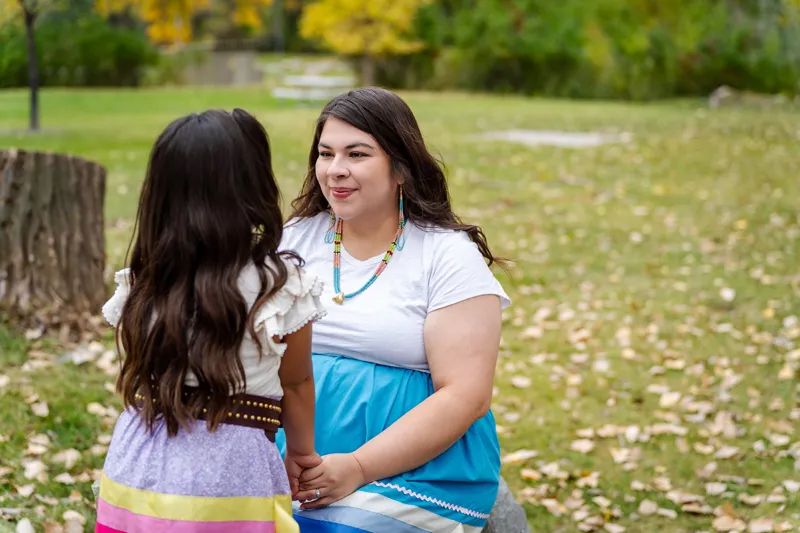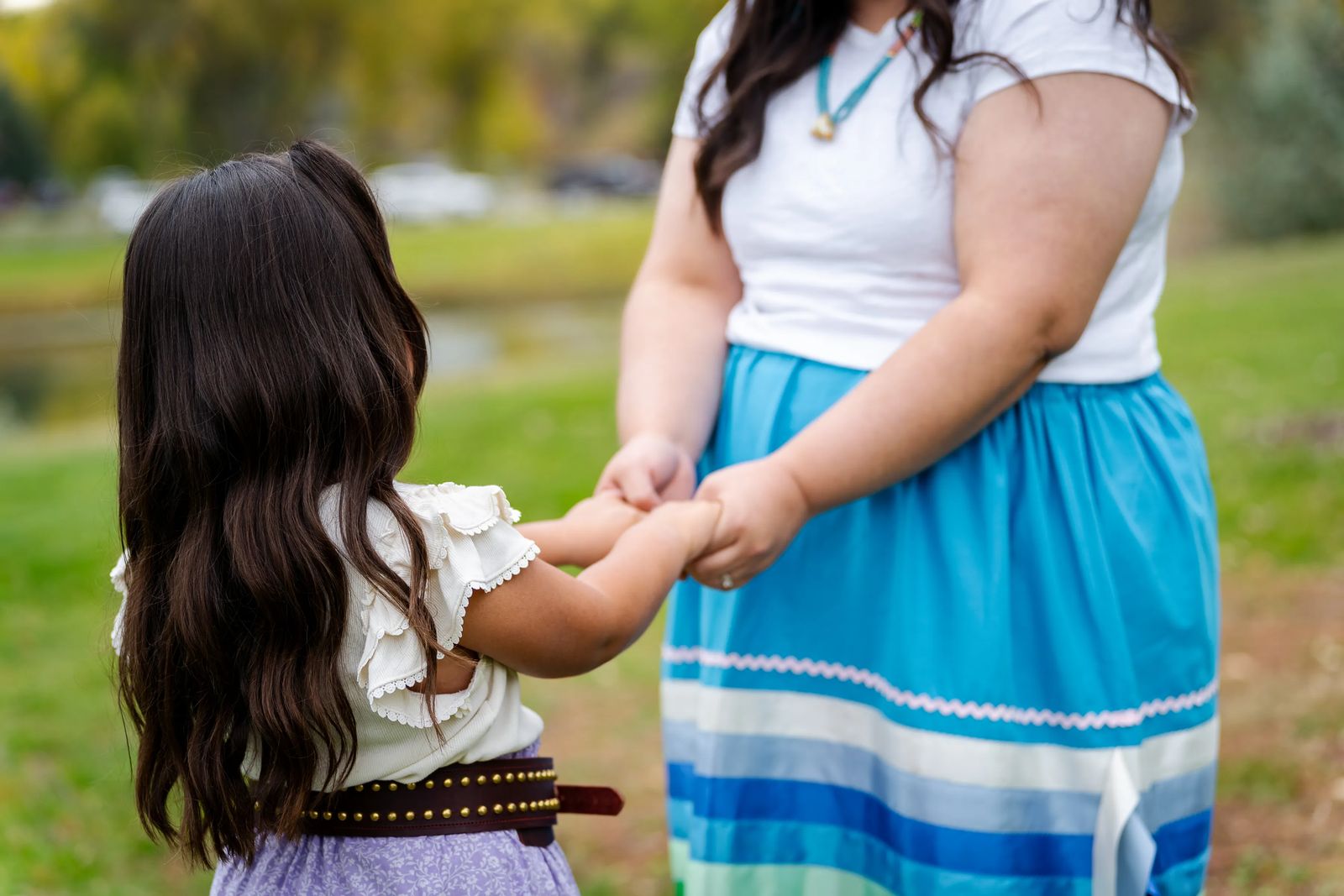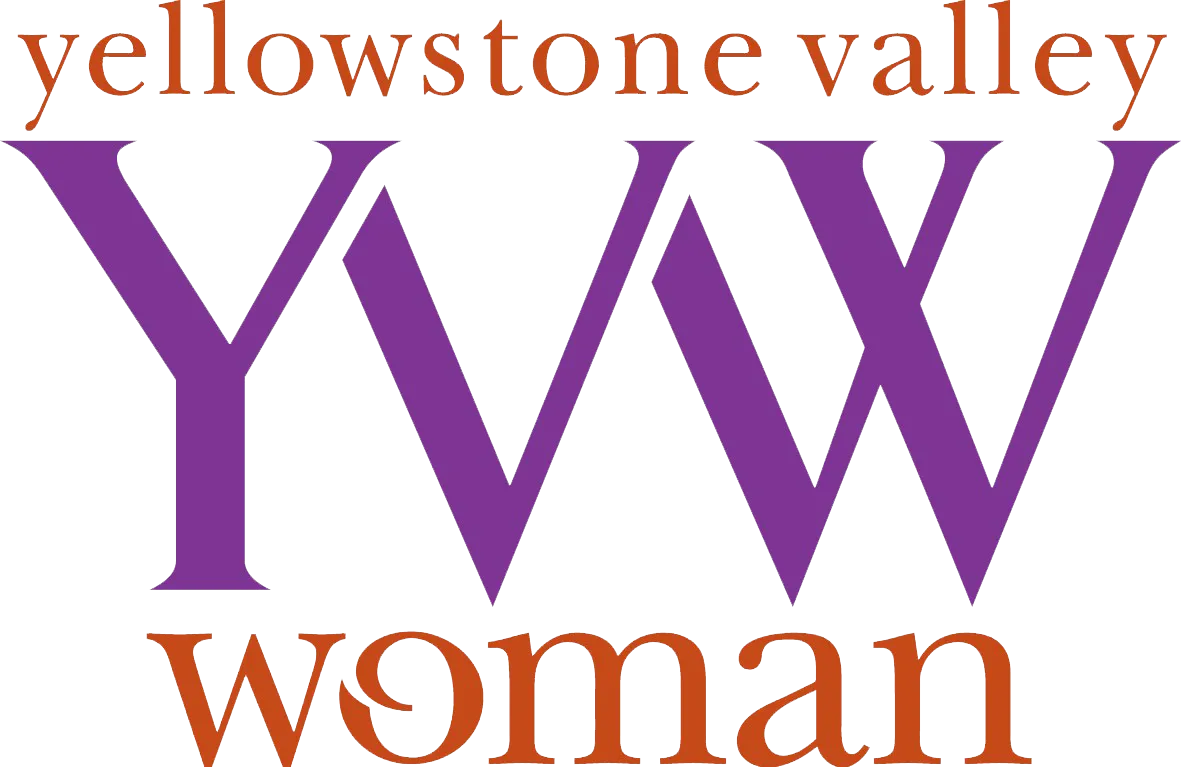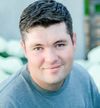
Standing in the Gap
Reconnecting Native families and culture through foster care
When Sierra Singer was at Crow Fair last summer, children from all over camp ran up to her for hugs. They eagerly updated her on their families, activities, and the latest in small-town happenings. The joyful little reunions were confirmation that her many years of work in child welfare has made a difference in her community.
“These children need to know that someone’s thinking of them,” Sierra says.
In her career, Sierra worked for the State of Montana’s Child and Family Services, as well as for a similar federal child welfare program run by the Bureau of Indian Affairs. Now, she’s found a new role with Child Bridge as the organization’s new Native Family Services Director.
Child Bridge, a faith-based nonprofit, recruits foster families and provides them with a variety of support, including training and one-to-one coaching. Their Native Family Services is aimed at supporting Native children and families.
Currently, more than 2,000 children are in foster care in Montana. While Native Americans make up a little less than 7 percent of the population in Montana, more than a third of all foster children are Native, and most of them are being cared for by non-Native foster families.
“There has been a growing tension about that,” says Child Bridge Executive Director, Eric Basye. “Natives are feeling like they are losing their children and losing their culture.”
The goal of Child Bridge’s Native Family Services is to recruit and equip Native foster families and provide trauma-informed training and cultural support for non-Native families who are caring for Native foster children.
“A lot of foster families are caring for Native children out of a genuine concern, and they want to preserve their culture as much as they can, but it is challenging,” Eric says.
Sierra is an enrolled member of the Crow Tribe, and her professional experiences and cultural heritage make her ideal for the new role.
“We all have a purpose, and my purpose is to stand in the gap for the children, knowing that it will ripple into generations to come,” Sierra says.

Native Family Services is six months into a three-year pilot program, and Sierra, Eric and the team at Child Bridge are in the final stages of developing a trauma-informed curriculum that honors the culture and heritage of Native children and families. They also recognize and aim to serve kinship and informal foster families. Kinship foster homes are made up of family members who become caregivers.
“There’s a lot of kinship fosters that need resources and support,” Sierra says.
Sierra is married with two children, a boy and a girl, and she lives with her family in Hardin. She was raised in Lodge Grass and lived in a multigenerational home. Sierra’s mother worked long hours, and her grandmother and other family members cared for Sierra. She understands what kinship means.
“My mom didn’t have to ask my grandma to do that. It’s just how families are, especially when you have a supportive family. They know how to care for you,” Sierra says. “Kinship is a cultural thing. There are a lot of Native American children who are raised by relatives. It’s very much a part of the community.”
Informal listen-and-learn meetings are in the works in communities across the Crow Reservation to build relationships and make connections. While Child Bridge does a lot of work online, Sierra says that the meetings will be in-person due to the relational nature of reservation communities.
“The community will tell us what they need through their lived experience,” Sierra says.
Why so many Native kids are in foster care is a complicated question, and one that Sierra believes will require an equally varied solution. Influencing factors include poverty, addiction and an overall lack of resources on the reservation.
“Luckily Child Bridge is there to equip caregivers while the children are in their care and the parents are healing,” Sierra says.
The Native Family Services program is funded by a grant from the Treasure State Foundation, established by Montana Governor Greg and First Lady Susan Gianforte. For now, Child Bridge is focusing on providing resources to foster and kinship families in Bighorn and Yellowstone counties. If the program is successful, Child Bridge aims to provide the same services to foster families affiliated with other tribes.
“Different tribes have different traditions when it comes to family, so what we’re doing brings sensitivity to that,” Sierra says.
The Native Family Services program is poised for expansion.
“There’s not anything like this happening across the United States. Of course, we would love to do more,” Eric says. “Although we are focused on the State of Montana right now, anyone anywhere can access the materials no matter where they live.”
Sierra is taking small, intentional steps to meet members of the Crow Tribe where they are. Children are at the heart of her personal mission.
“The overall goal is to find and equip families and bring them hope by walking alongside them, so they know they are not forgotten and their community is there for them too,” Sierra says. “It’s a big job but I have a lot of hope. It’s for the children. They need to know that we are standing in the gap for them.”











